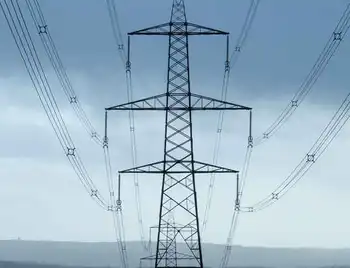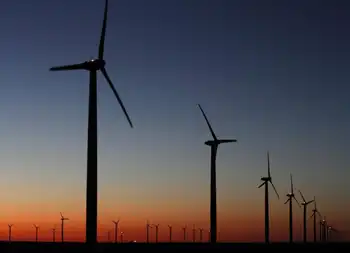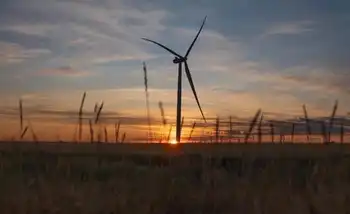UK carbon-capture market may generate $6.6 billion yearly
By Industrial Info Resources
NFPA 70b Training - Electrical Maintenance
Our customized live online or in‑person group training can be delivered to your staff at your location.

- Live Online
- 12 hours Instructor-led
- Group Training Available
The news comes from a new independent report launched alongside the publication of the UK government's consultation document "A Framework for the Development of Clean Coal." The AEA Group report, "Future Value of Coal Carbon Abatement Technologies to UK Industry," concludes that the economic benefits of implementing CCS technology will jump from £1 billion to £2 billion in 2010, and to £2 billion to £4 billion by 2030.
This amounts to £20 billion-£40 billion in total revenue in the 20-year period, as well as the creation of up to 60,000 jobs. These will be split between those working in existing carbon abatement technology (CAT) businesses designing and manufacturing boiler and steam turbines and those operating in the CCS service sector, which will design and manufacture capture, transport and storage facilities.
The report also identified other markets for CAT and associated services but claimed that they will be much smaller, totaling perhaps £2 billion between 2010 and 2030. The biggest of those opportunities is the anticipated market for biomass co-firing equipment in the period to 2015.
The government announced in April that no new coal-fired plants will be built unless they include working CCS technology. Coal-generated power in the UK amounts to 29 gigawatts (GW) a year, which is 37% of the UK's electricity capacity. That will fall off by nearly one third to 21 GW in the coming years as the UK closes older plants in line with European Union emissions guidelines.
Speaking at the launch of the government's latest CCS consultation paper, Energy and Climate Change Secretary Ed Miliband said, "The conditions we're proposing for new coal are the most environmentally ambitious of any country in the world, requiring the demonstration of CCS on a substantial proportion of any new power station and the 100% retrofit of CCS when it's proven. At the same time, by providing funding for demonstrations, we can maintain coal as part of our energy mix, supporting diversity and therefore security of supply."
Miliband added: "By acting early, jobs will also be created as Britain develops the expertise in what could be a major new industry, with CCS projects offering the potential to form the hubs for clusters of low-carbon industries. By driving the development of CCS in this country, we are also, as a country, playing an essential role in the battle against climate change."
The Carbon Capture and Storage Association (CCSA), which represents the key power generation companies and businesses promoting CCS solutions, welcomed the consultation document but warned that the government has to keep up the momentum.
Jeff Chapman, Chief Executive of the CCSA said, "The publication of this consultation is a welcome step on the road to developing the first generation of CCS plants in the UK.
"However, this should be a swift, sharp and focused consultation aimed at developing a robust funding framework for CCS and enabling the infrastructure needed to transport CO2 for storage.
"We cannot afford to drop the ball at this point. We are close to getting an appropriate framework to develop CCS at a commercial scale. Industry stands ready to deliver on CCS and as 2009 is a critical year in terms of tackling climate change and building green jobs, the Government needs to move quickly to ensure CCS can fulfill its climate-change potential as well as delivering prosperity and employment."











